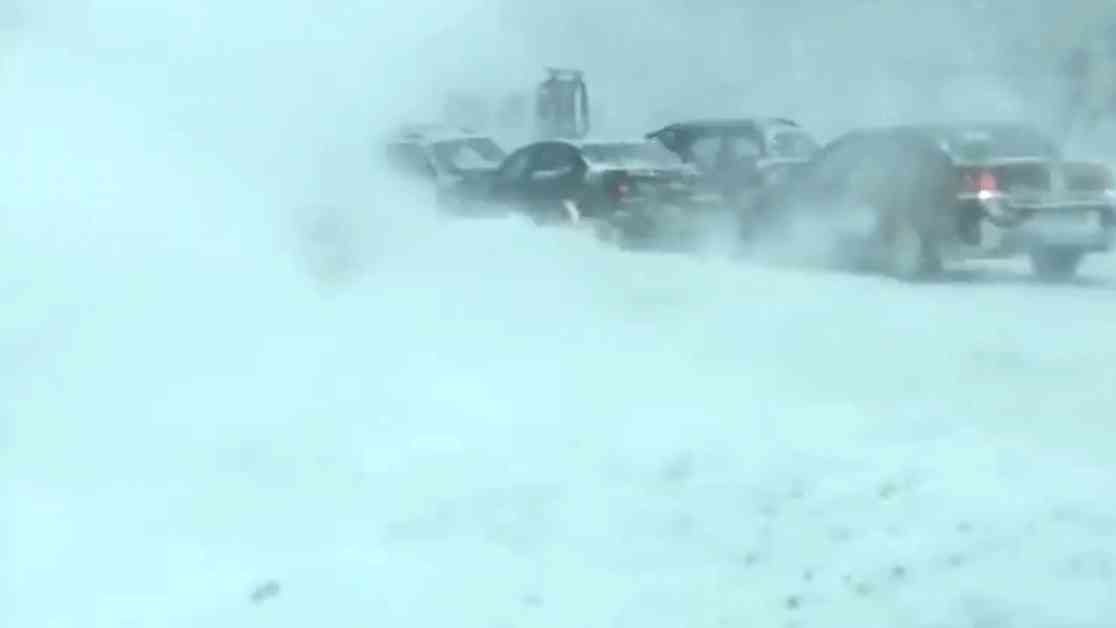Waymo, the autonomous tech company, is gearing up to face a new challenge as it ventures into testing its self-driving vehicles in harsh winter conditions. Despite facing public criticism, Waymo is determined to push forward with its expansion plans, including testing in Truckee, California, as well as Michigan and Upstate New York. The company’s decision to test in these locations is intentional, as it seeks to develop its technology in extreme winter weather scenarios.
The Challenge of Winter Testing
Testing autonomous vehicles in winter weather presents a unique set of challenges that Waymo will need to overcome. While driving in winter conditions is already difficult for human drivers, autonomous systems face even greater obstacles. One major concern is the impact of snow and ice on the sensors used by self-driving cars to navigate. A study conducted by the University of Minnesota highlighted the potential dangers of snow accumulation on the sensors, stating that a thick layer of ice could block the laser lens and result in a loss of crucial data. This loss of real-time data could pose serious safety risks during severe snow events.
In order to address this issue, the study recommended that driverless cars be equipped with heating units to prevent ice build-up on the sensors. It is likely that Waymo will make the necessary modifications to its vehicles to ensure they can operate effectively in winter weather conditions. However, it is important to note that Waymo’s vehicles have faced challenges in warmer weather as well. In a notable incident, one of Waymo’s Jaguars drove into oncoming traffic to avoid a group of unicyclists on a San Francisco street, drawing scrutiny from federal regulators.
The Importance of Testing in Harsh Winter Conditions
Despite the potential risks and challenges, testing autonomous vehicles in harsh winter conditions is essential for the development of this technology. By exposing the vehicles to extreme weather scenarios, Waymo can gather valuable data and insights that will help improve the performance and safety of its self-driving cars. In particular, testing in areas known for lake-effect snow, such as Michigan and Upstate New York, will allow Waymo to assess how its vehicles perform in conditions of reduced visibility and limited traction.
Additionally, testing in Truckee, California, will provide Waymo with the opportunity to evaluate the performance of its vehicles in icy and snowy conditions at high altitudes. This will be crucial for ensuring that the technology is capable of operating effectively in mountainous regions where winter weather can be particularly challenging. By testing in a variety of winter conditions, Waymo can refine its technology and enhance the overall reliability of its autonomous vehicles.
Challenges and Considerations for Autonomous Vehicles in Winter
In addition to the technical challenges posed by winter weather, there are also practical considerations that Waymo will need to take into account as it conducts testing in these conditions. For example, the company will need to ensure that its vehicles are equipped with appropriate tires and traction control systems to navigate icy and snowy roads safely. In extreme weather conditions, road conditions can change rapidly, requiring autonomous vehicles to adapt quickly to ensure the safety of passengers and other road users.
Furthermore, Waymo will need to consider how its vehicles interact with other road users in winter weather. For example, the company’s autonomous cars will need to be programmed to respond appropriately to the presence of snowplows, emergency vehicles, and other vehicles on the road. Ensuring that the vehicles can navigate safely in winter conditions will be essential for building trust and acceptance among the public.
Overall, testing autonomous vehicles in harsh winter conditions presents a significant challenge for Waymo. By addressing the technical, practical, and safety considerations associated with winter testing, the company can continue to advance the development of its self-driving technology and move closer to achieving its goal of fully autonomous vehicles. As Waymo navigates the icy hurdles of winter testing, it will be interesting to see how the company adapts and innovates to overcome these challenges.










